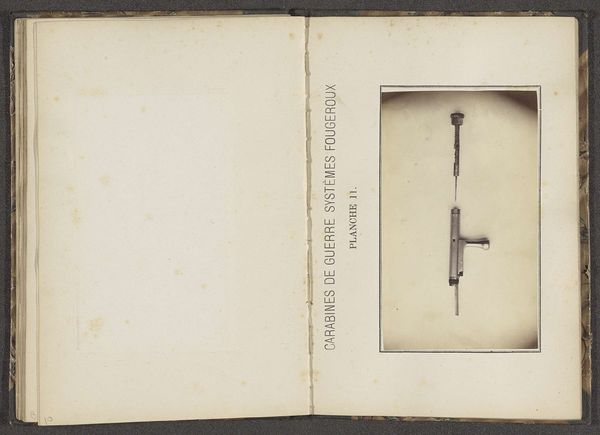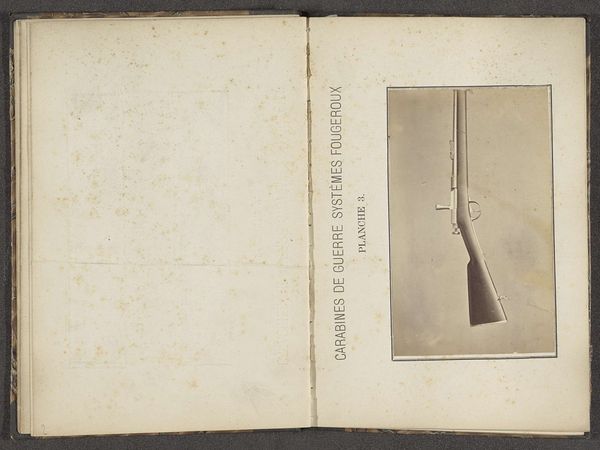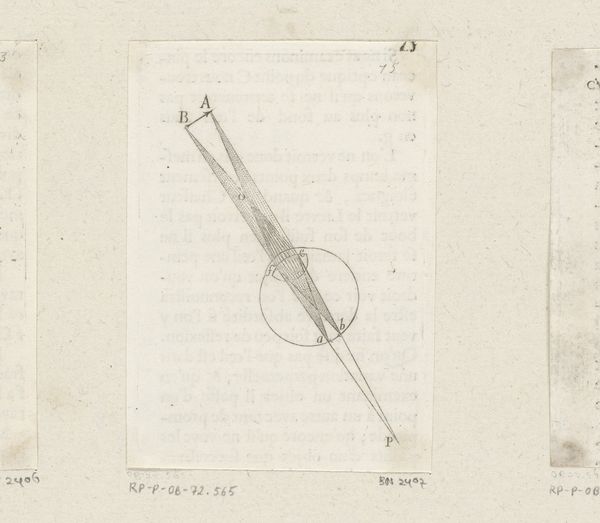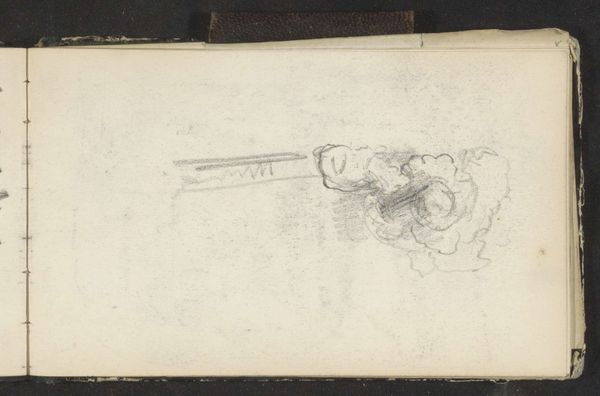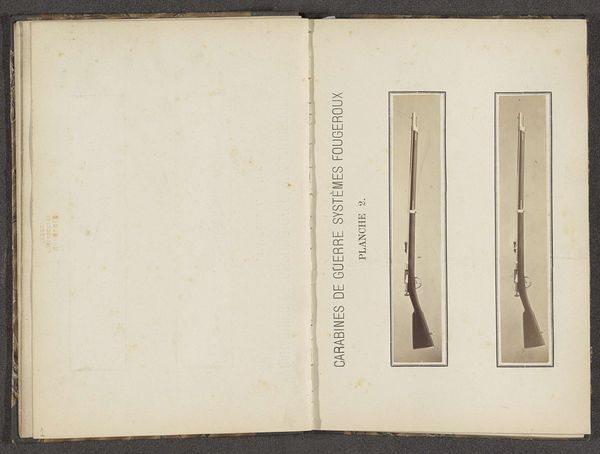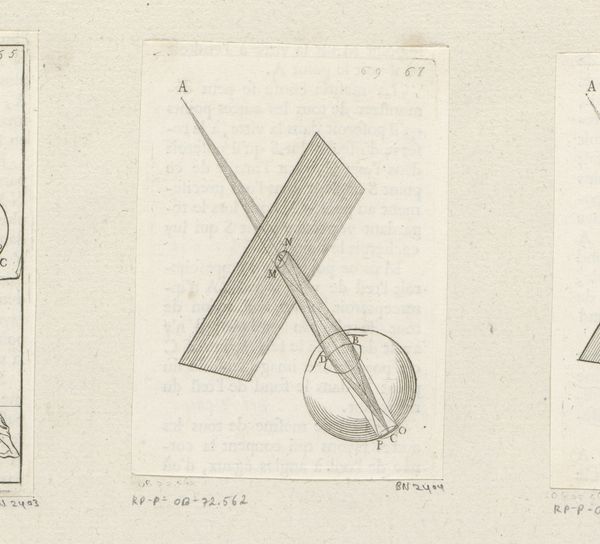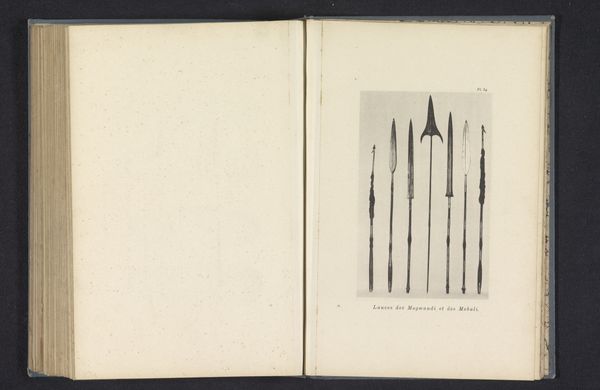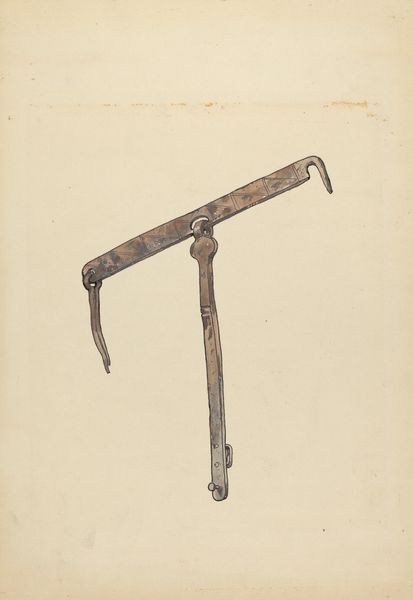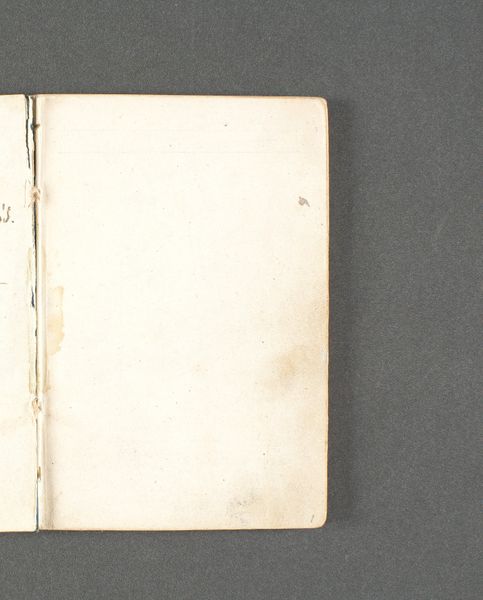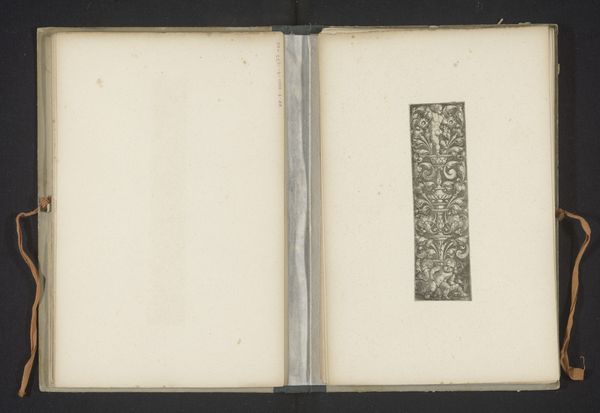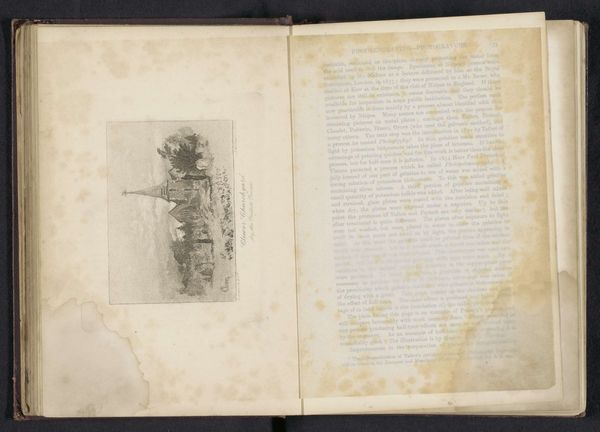
graphic-art, print, etching, engraving
#
graphic-art
# print
#
etching
#
history-painting
#
engraving
#
realism
Dimensions: height 158 mm, width 96 mm
Copyright: Rijks Museum: Open Domain
Curator: This engraving, made before 1867 by Edouard Magis, is titled "Veiligheidspal van een geweer," or "Safety Pal of a Rifle" from a larger volume detailing war systems. The style could be characterized as Realism. Editor: My initial reaction is that it’s quite stark, the meticulous detail on a device designed for destruction. It’s isolated on the page. Curator: Precisely. It's presented with a dispassionate eye. Consider the historical context, however: 19th-century Europe was steeped in colonialism, nationalism, and the relentless pursuit of technological advancements for warfare. This engraving normalizes and even aestheticizes the tools of violence within that ideological landscape. How did such weapons further impact specific, marginalized communities? Editor: Good point. The clean lines, the precision… this image is meant to highlight its functional elegance, not its impact. The printing process itself, etching and engraving, demanded specialized labor and skill. Each line etched reinforces the process, the hand behind the tool, almost celebrating industrial means, not just ends. What was it printed on? Curator: A simple sheet of paper. Consider how that cheap material might reflect the disposability of human life often characteristic of conflict in this period. What stories are silenced by the pristine presentation of this instrument of power? Editor: Absolutely. And it’s the print as multiple—this image existed to reproduce, proliferate, for mass communication and knowledge dissemination, serving very different masters along the way. You almost see how a piece of technical drawing might be understood as craft as much as a kind of propaganda of war. Curator: Exactly. We should confront these connections to fully grasp how historical images can function to manipulate understandings of violence, power, and control. Thank you, this reflection allowed a reading that questions progress and prompts decolonizing efforts in approaching material histories. Editor: Indeed. Exploring its materiality underscores the networks of production and consumption that undergird these objects, challenging conventional boundaries to encourage critical thinking. This will require more than a simple look, but an understanding of what lays beneath the image, beyond the printed surface.
Comments
No comments
Be the first to comment and join the conversation on the ultimate creative platform.
